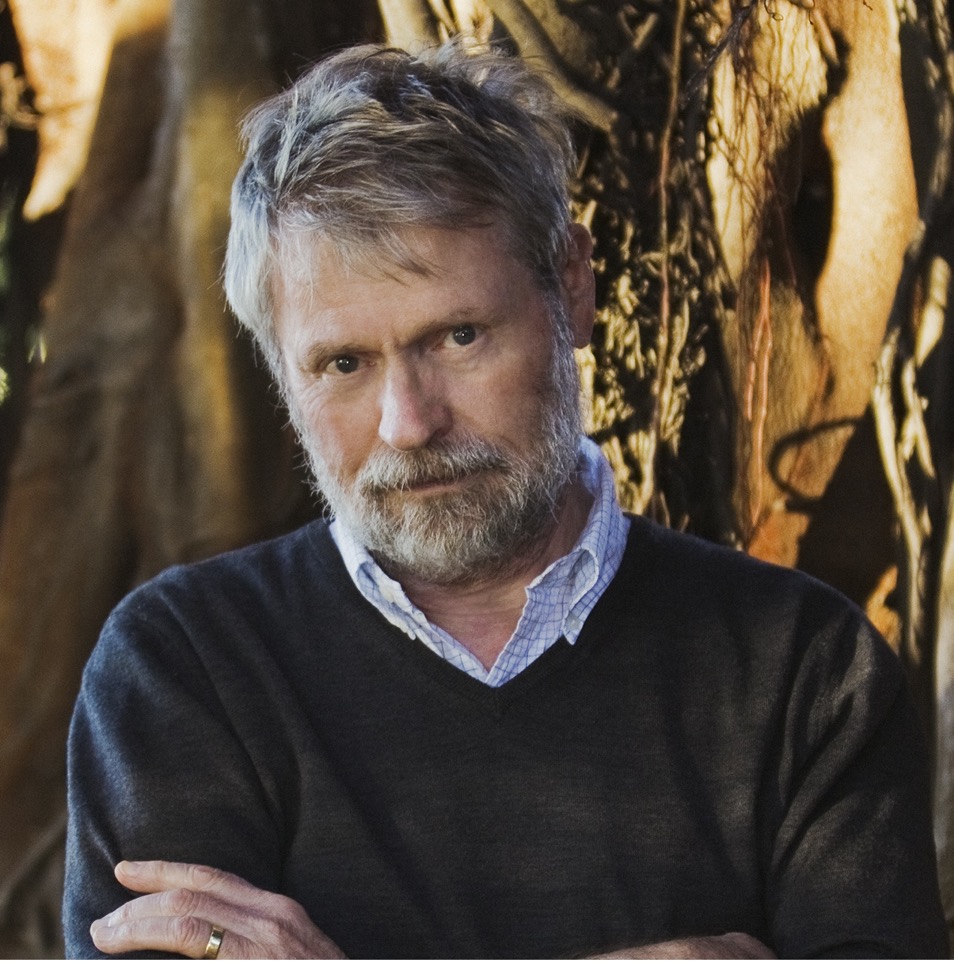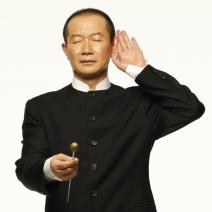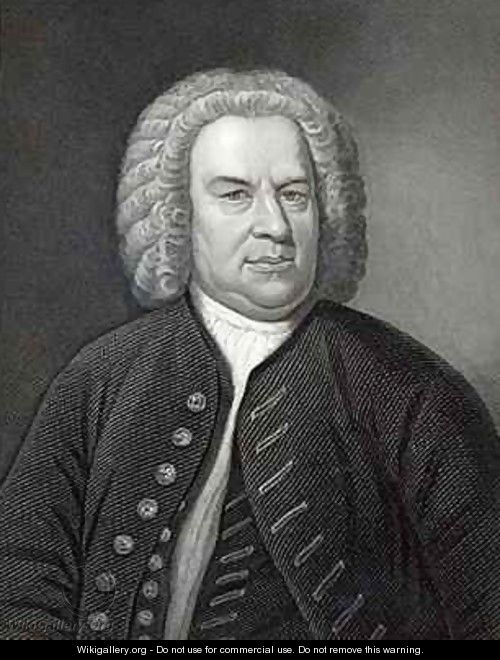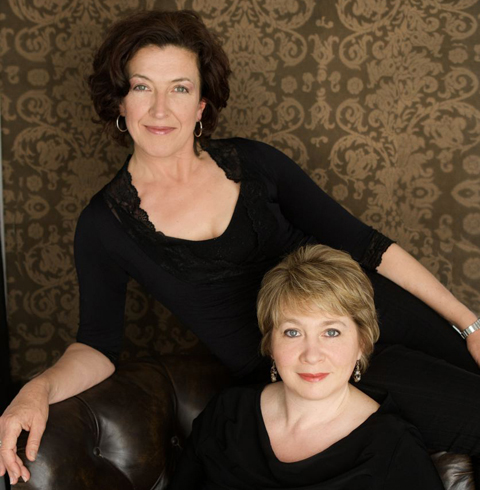Concert Review: Celebration of Stravinsky/ Sydney Youth Orchestras
Celebration of Stravinsky
Sydney Youth Orchestras/Jessica Cottis, guest conductor/ Katherine Howarth, clarinet
Verbrugghen Hall, Sydney Conservatorium
26 March, 2021
Written by Victoria Watson
The past year has been particularly hard on young musicians eager to develop their art and perform in public with concert halls around the globe silent apart from the odd recording project. For the Sydney Youth Orchestras this concert marked not only a celebration of Stravinsky in 2021- fifty years since his death in 1971- but a celebration of performing once again for the public. Despite early difficulties securing a world class conductor due to travel restrictions, the orchestra was extremely fortunate that Australian Maestra Jessica Cottis was visiting Canberra from her London base due to her position with their symphony orchestra and available to conduct this adventurous and challenging programme. No stranger to difficult scores and an expert in contemporary music M. Cottis led with expressive assurance and strong, clear technique.
The orchestra of gifted emerging artists responded with intense focus to the complex rhythmic demands of the scores and clearly relished the quirky playfulness of Stravinsky’s mercurial mind.
Radio presenter Christopher Lawrence introduced the programme with musical and personal observations that both shed light and heightened anticipation of the works to be heard. Cleverly, his interludes also filled the changeover Covid safe plan where chairs and stands were deftly disinfected by masked stagehands and a roster of over 60 players circulated through the pieces limited in playing numbers by current health rules. It was exciting though to see the faces shine without masks required for the players.
The programme opened with the bold and boisterous joyousness of Scherzo a la Russe composed by Stravinsky in 1940 while he was living in Hollywood. Although commissioned for a jazz orchestra the piece owes more to Russian folk dance. Re-orchestrated in 1945 and premiered in San Francisco, the work abounds with dazzling contrasts with the trio section reduced to muted solo violins and harp and then the scherzo exploding back with full orchestra. This fusion of chamber music and symphonic textures marked all the Stravinsky works performed and allowed individual orchestral players to shine as soloists in an inspired programming choice.
The Symphonies for wind instruments (1920) was dedicated to his admired colleague Claude Debussy, who had died in 1918. It displays a middle-aged Stravinsky’s creative powers at their peak and most adventurous harmonically, with many melodic fragments reminiscent of his great Rite of Spring. The clarinet and bassoon solo passages were sinuously expressed evoking primitive dance and animal utterances in turn. There were also exceptional flute solos led by Yiting Wang.
Antiphonal effects abounded as the ensemble writing flipped from woodwinds stage right to brass stage left. The brass often contrasted to the counterpoints of the woodwind, moving homophonically with funereal chords of dissonant sonority and showcasing the depth of skill in the French horn section. These gothic marches created an eerie sense of foreboding, in an era that like our own was shuddering under the grip of the Spanish ‘flu epidemic, having just emerged from the terrors of the Great War. It was interesting to note when Jessica Cottis dispensed with the baton and moved to expressive hand gestures. This often reflected the music moving to a chamber work texture with the instruments all on individual lines. Nevertheless, the ensemble was always exactingly bound with singular purpose.
Debussy’s Premiere Rhapsodie featuring the luminous tone of Katherine Howarth on clarinet, arrived as a silvery wave of undulating beauty. The earliest work on the program, written in 1909, the lush orchestration immediately evoked the natural world in a mist from idyllic limpid string motives to outbursts of birdsong or rumblings of a storm. As soon as one image appeared it blended into the next, seamlessly taking the audience on a magical sonic journey. Katherine Howarth’s performance was sublime. She lived every phrase and inflection with her body and breath and rode the waves of the extended and virtuosic melismas effortlessly. The walls of the concert hall seemed to melt into a fluid river of sound echoing from soloist to orchestra creating music of transcendent beauty.
The final offering was another example of delicious programming. Where to go after the ecstasies of Debussy? Back to Stravinsky – but in a vastly different incarnation. His ballet music for Pulcinella (1922) is a masterwork of Neo-classicism. Stravinsky lovingly embraces the music of Italian late baroque composer Giovanni Pergolesi and then gradually and respectfully plays, twists and eventually entirely subverts it towards a 20th century aesthetic.
The result is a surprising, accessible, laughter-filled roller coaster ride that exploits 18th century elegance and ornamentation, then juxtaposes modernist syncopations, ostinati, extended harmonies and rhythmic devices. Many opportunities were again available for individual players to shine – sometimes unusual instruments were given solos- the double bass and trombone were featured with whimsy and delight.
Each dance movement flowed into the next with only occasional pauses over this longer work. The suite concludes with the most pictorial suggestion of the Commedia character of Pulcinella– a clownish glutton. The trombones and lower strings bounce around in buffo humour like circus elephants set wild. Then the French horns join to create an ostinato section of refined elegance but of a very modern aesthetic replacing the original artifice of an 18th century salon.
Sydney Youth Orchestras under the inspiring leadership of Jessica Cottis on the podium brought the audience a celebration of the mercurial genius of Stravinsky, but much more – a celebration of the return to live performance and the exciting artistry of a new generation of Australian classical musicians.
SoundsLikeSydney©

Victoria Watson is a graduate of Melbourne university and VCA, Victoria appeared regularly as a soprano with the Victoria State Opera and has toured and served as artistic director of many chamber ensembles.
She has performed with Sydney Symphony Orchestra and for ten years, was artistic director of a major opera education project with Opera Australia. Since 2015 she has moved into directing opera including Mozart’s Cosi Fan Tutte at the Independent theatre.
Victoria has lectured in voice at the major universities in Melbourne, and is currently a tutor at UNSW. Having taught at major Sydney secondary colleges, she now runs a busy private singing studio. She is a published author on opera and a popular freelance music and theatre lecturer and advocate for Australian artists around the world.







